How to be Agile Team in 3D Models Development
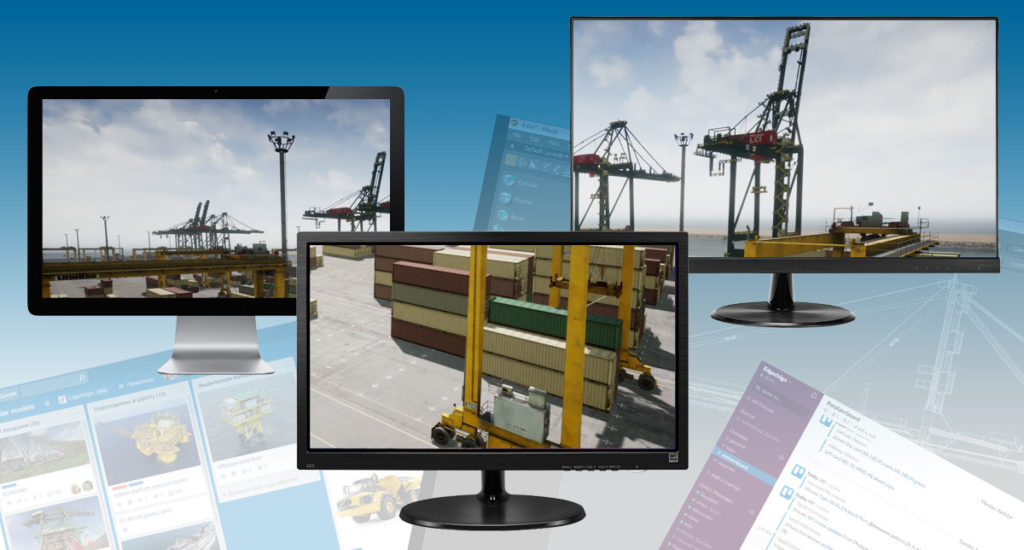
Modern systems’ 3D graphics quality at the simulation and training market increases dramatically from year to year. Requirements to models and shaders, to virtual worlds specification and working out get more complicated continuously. In this context there remain fewer and fewer possibilities to realize projects’ visual part by separate artists and the role of teamwork increases. Our studio is continuously looking for technologies and methods to allow organizing teamwork the most effectively.
Complex 3D Model Development
During the year 2018, we got several requests for the availability of an offshore oil platform 3D model to be used in various types of simulators in our COTS library. Having performed the necessary product discovery we formed the primary technical specifications, and the model was approved for production.
Each production stage (modeling, UV-mapping, texturing) had its own backlog containing short tasks, each of them to be accomplished in not more than one week. In the simplest case, backlog elements were platform parts (helideck, flare boom, pedestal crane, etc.). In other cases backlog elements were some kind of manipulations (reference collecting, lifeboat integration, lightmapping, etc.).
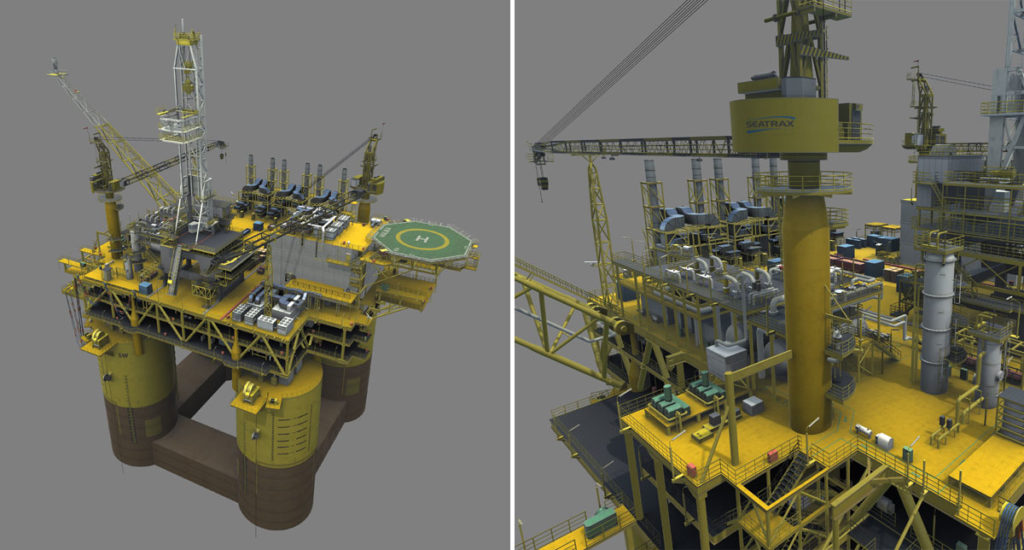
Collaborative work was realized by means of reference import technologies at Foundry Modo work stations. This allowed any 3D modeler to see not only his own geometry part but all the rest team members’ geometry at any given time. The general picture vision allowed paying attention to problem areas, missing or adding detailization where necessary. And, what is also very important, it helped to avoid artists’ fatigue and burnout, which is a big problem while working on complex long-term projects.
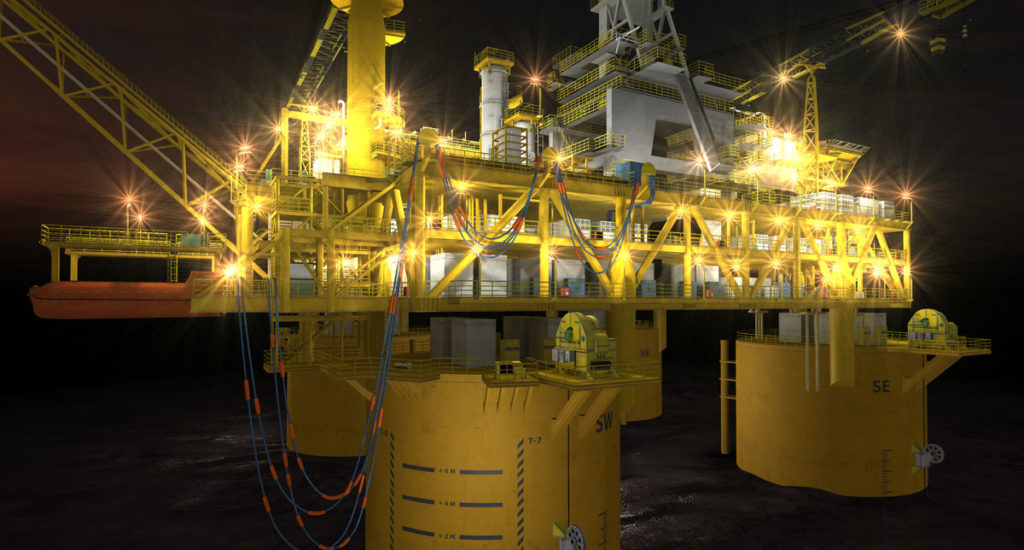
We practiced daily short meetings and weekly resulting meetings, as well as the simplest web-based visual collaboration platform to coordinate our work.
In such a way, in 10 weeks we got the model creating which by means of other approaches would require 1,5-2 times more time or resources.
Platform: General PBR. Team: 2-4 modelers + 1 project manager. Timeline: Nov 2018 – Feb 2019
Creating a Virtual Environment
In December 2018 we were applied by GlobalSim Inc. company, world-leading provider of crane simulators, which required a French Le Havre seaport terrain, total area over 30 square kilometers. It was supposed to work out about 20-30% seaport area to the high details, and the remaining part to accomplish as a geospecific background. The work was to be finished in 10 weeks, including Christmas vacations.
Taking into consideration the extremely tight time schedule and the fact that the customer was new and we couldn’t fully understand all his needs and expectations at that moment, the project entirely satisfied Agile software development requirements. The extremely short weekly iterations were coordinated, and the customer made corrections in accordance with their results. The team task was to deliver a valuable landscape release version including a certain quantity of new elements to be approved and the maximum quantity of elements approved in the previous release every 7 days. This made it possible to retain the development high rate and to make changes quickly and efficiently.
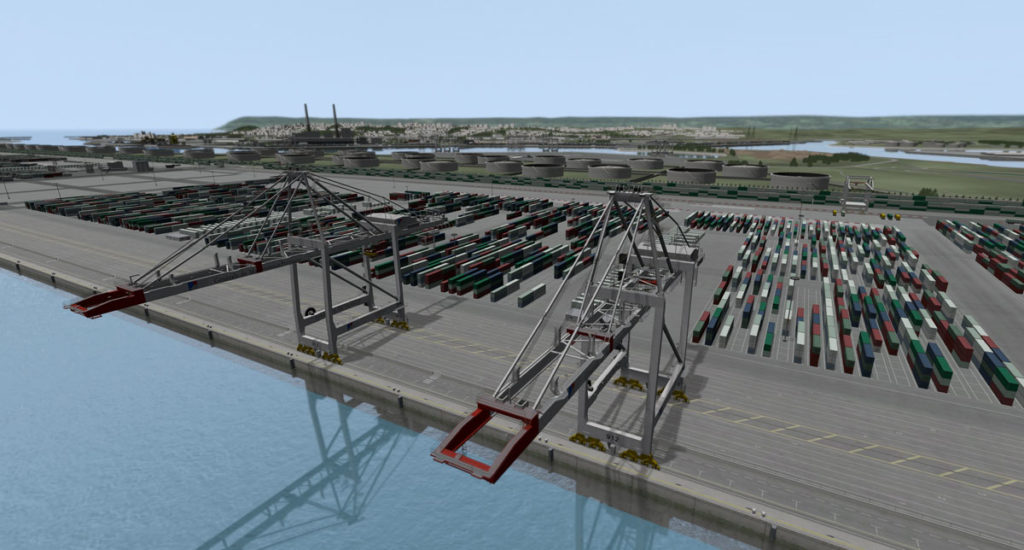
In our working process, we utilized previously tried-and-tested texture library for buildings and structures to the greatest extent; we adapted cars and cranes 3D models from our COTS library (creating new color schemes and making necessary geometry changes); we also created an entirely new gantry crane model. Within the team, the work was organized in accordance with the inner Kanban system including strict WIP limits control.
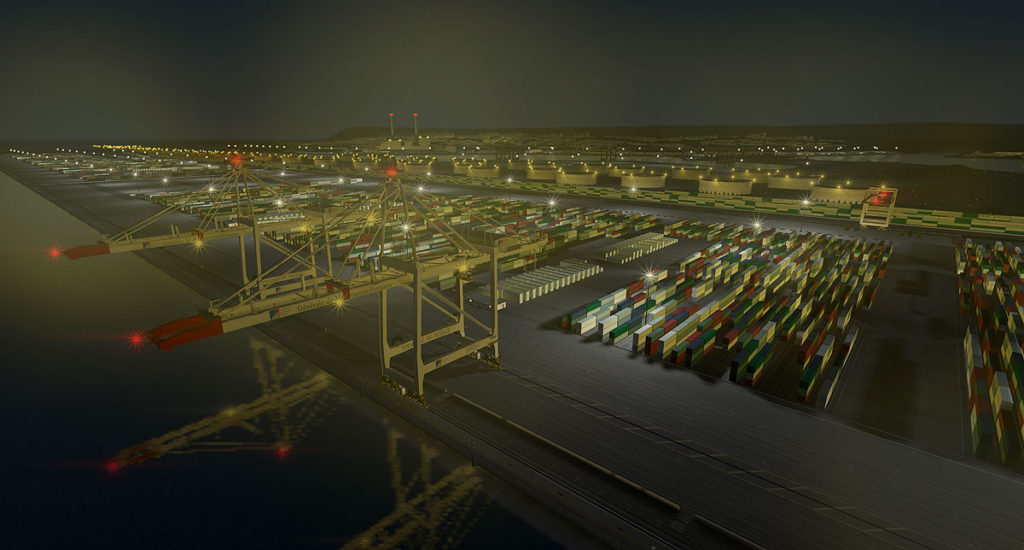
All of the above allowed realizing a complex project in full and on time by efforts of a really small team.
Platform: Unity3D. Team: 2-3 modelers + 1 project manager. Timeline: Dec. 2018 – Jan. 2019
Problems and Evolution
In the course of introducing and testing various 3D graphics collaborative development methodologies, we encountered several organizations and technical problems. The organization problems were some QA load increase as a result of error accumulation typical for individual development, and also a new error type resulting from the arrangement of parts created by different artists. The technical problems were poor compatibility between 3D graphics packages and the absence of convenient collaborative development tools in low-cost software packages.
It should be mentioned that the fears connected with the creativity loss often spoken about by collaborative and Agile development opponents are very much exaggerated. Experienced artists get a possibility to make only the job they are really interested in, and juniors get a unique chance to develop their skills constantly contacting with the more experienced colleagues. As a result, both artists group feel their full participation in the end product.
Of course, we are now far from the ideal workflow, and we will continue experimenting in search of the most suitable process. I see the future in decreasing non-creative tasks due to automatization and creating our own integrated software environment combining various 3D graphics packages.



